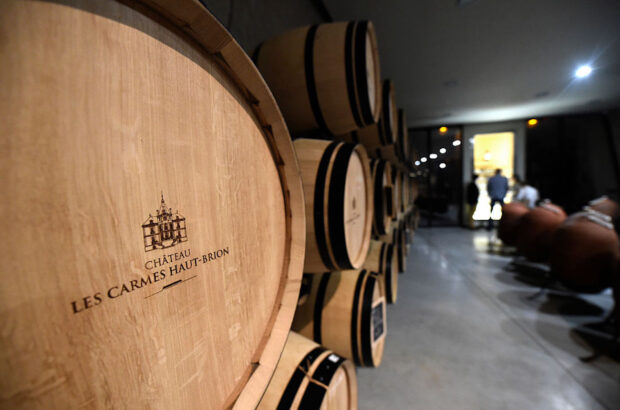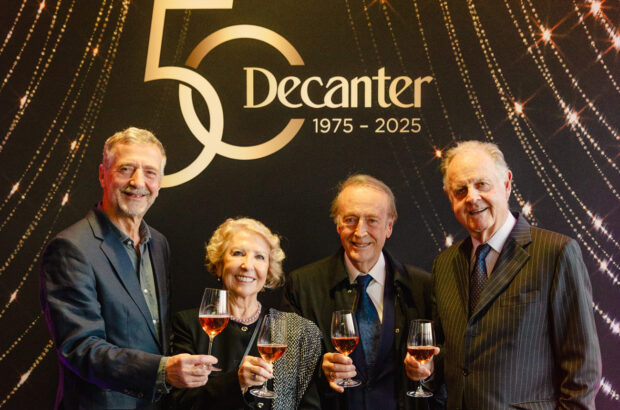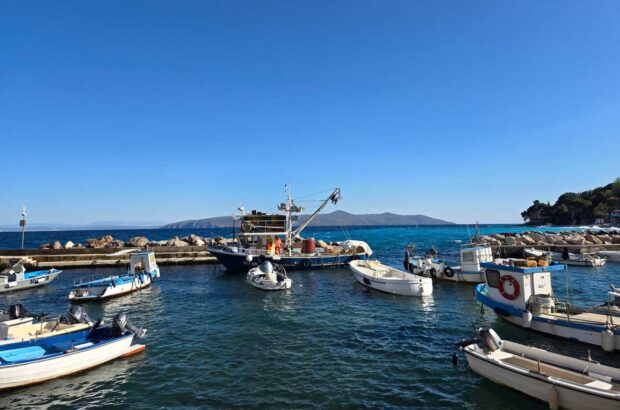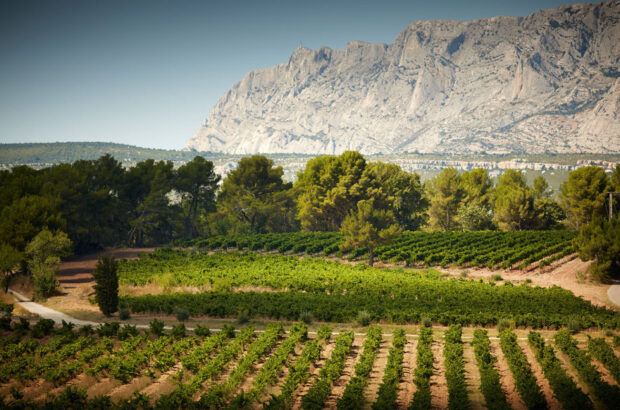In 1932, the Italian government expanded the boundaries of Chianti to incorporate neighbouring territories where grapes and chianti-style wines had long been produced. And in 1967, four years after the enactment of the Italian DOC system (Denominazione di Origine Controllata), the first official Chianti DOC was created, including seven sub-zones: Colli Fiorentini, Colli Senesi, Rùfina, Colli Aretini, Colline Pisane and Montalbano, plus the original Chianti Classico.
The entire area was elevated to DOCG status in 1984 and, in 1996, Chianti Classico DOCG became its own distinct denomination, leaving six subzones in Chianti DOCG. In 1997, a seventh subzone, Montespertoli was added. Now, a new eighth subzone is on its way.
Terre di Vinci: Chianti DOCG’s new sub-zone
The new sub-zone will be called Terre di Vinci and consist of four municipalities in the province of Florence: Vinci (birthplace and childhood home of Leonardo da Vinci), Ceretto Guidi, Fucecchio, and Capraia e Limite; all of which are currently part of the basic Chianti appellation.
‘This is a positive development for the area of Terre di Vinci and indeed for all of Chianti,’ said Giovanni Busi, president of the Vino Chianti Consortium. ‘The desire to create a sub-zone demonstrates a strong initiative on the part of the producers to showcase their particular area. It also indicates a willingness to strive for an even higher level of quality because the regulations for sub-zones are stricter than those of the basic appellation.’
‘Chianti is way too generic,’ says Alberto Antonini, who grew up on his family’s wine estate called Poggiotondo in Cerreto Guidi, which he now runs with his wife Alessandra while also managing a career as a high-profile international consultant oenologist. ‘Any good wine must demonstrate the unique characteristics of where it comes from and consumers should be able to discern its specific place of origin.’
Located in the northwestern part of the Chianti DOCG, the area of Terre di Vinci occupies a unique winegrowing enclave. Altitudes are moderate, averaging about 150 metres above sea level, with gentle slopes and temperate breezes from the Mediterranean Sea. There is also a particular soil configuration that combines limestone with layered clay and abundant deposits of marine fossils.
‘This combination,’ believes Antonini, ‘has the potential to produce terroir-driven wines that combine tension and vibrancy with richness, body and fine-grained tannins, demonstrating freshness, finesse, persistence and a savory saline element.’
In addition to terroir and a longstanding viticultural tradition, there is also the cultural cachet of producing wine from the home turf of one of the great masterminds of the Renaissance.
Alberto Antonini is one of a small group of producers who formed an association to create a sub-zone in the area of Vinci. The association submitted a proposal to the Chianti Consorzio several years ago, shortly before the outbreak of the COVID pandemic. A committee was formed to review the proposal and it was passed. The proposed sub-zone was then ratified by a majority of Vino Chianti growers, producers and bottlers; notification of the initiative was published in the official gazette and a formal request for modification of the denomination was submitted to the Italian Minister of Agriculture.
Once the Terre di Vinci sub-zone is approved by the Minister, it will be sent to the EU authorities for final ratification. This is always a lengthy procedure, and even more so during a global pandemic, but it is bound to happen – possibly even in time for the 2022 vintage.
As subzone wines generally require a longer maturation period prior to release, even if official approval takes a year or two, the new sub-zone category could still be retroactively applied to the 2022 Chianti Terre di Vinci.
While there is excitement and anticipation in the area of Vinci, there is no hurry: ‘I’ve been waiting over ten years for this,’ said Antonini. ‘I can wait a few more.’
Gran Selezione
But a new subzone is not the only development taking place in Chianti. Included in the package of proposed modifications sent to the Minister of Agriculture is a request to add a Gran Selezione category to the Vino Chianti DOCG Disciplinare.
While Consortium President Busi declined to discuss details until official approval is received, he indicated that the Vino Chianti Gran Selezione category, which occupies the pinnacle of the quality pyramid, would be very similar to the one that Chianti Classico inaugurated in 2014 (starting with the 2010 vintage).
Expect extended maturation before release, a higher percentage of Sangiovese, lower yields per hectare, exclusively estate-grown grapes and higher minimal alcohol by volume. Also, just as the new UGAs of Chianti Classico apply only to Gran Selezione, it is probable that the new Chianti DOCG Gran Selezione will apply only to the sub-zones of the greater Chianti area – including the brand-new Terre di Vinci.






